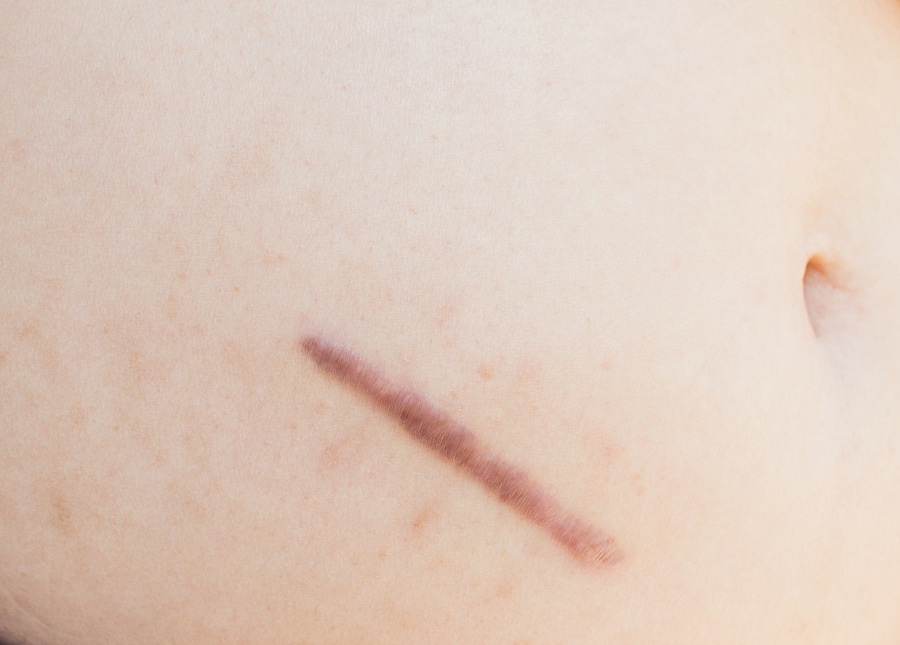From the tiniest paper cut to a surgical incision, we know that the possibility of scarring exists. Like other scars, keloids occur after the skin is damaged; unlike other scars, however, they continue to grow, sometimes becoming more expansive, raised, and dark in color. The following information can help you determine if a visit to your Derick dermatologist is necessary for keloid treatment.
Symptoms of Keloids
The appearance of keloids vary according to where they are located on the body. Generally speaking, keloids appear slowly; it can be months from the original skin injury before signs appear. Most often, they begin as raised pink or purple scars then continue to grow for weeks or even months. They feel different from unaffected skin and, while growing, can cause discomfort or itchiness. If the keloid is particularly large, it may limit mobility. A dermatologist can diagnose keloids by performing a skin exam.
Causes
Anyone can be affected by keloids, though some factors are correlated with higher risk. African Americans and Hispanic Americans are more likely to experience keloids than fair-skinned people. Those who have a family history of keloids are also more susceptible. Keloids are caused by skin injuries, so anything that breaks the skin can lead to them including:
- Ear piercings, tattoos, or other puncture wounds
- Shaving nicks
- Surgical incisions
- Acne scars
Keloids can occur without any injury to the skin, but these cases are infrequent.
Treatments
Most people seek treatment for keloids because they are unhappy with their appearance. A dermatologist will treat keloids according to their location and the patient’s ultimate goal (for example, whether the patient is more concerned with the discoloration of the keloid or the size). Treating keloids can be tricky, as most treatments involve doing the precise thing that caused the scarring in the first place: injuring the skin. Still, several techniques have proven to be effective:
- Injections: Injections are usually administered in a series and can shrink and soften the scar.
- Surgery: Surgical removal of the keloid produces dramatic results, however, almost all keloids eventually return. To minimize recurrence, doctors often combine surgery with other treatments such as injections, pressure, or laser.
- Pressure: Devices or garments that place pressure on the affected area after surgery can prevent a keloid from returning. Pressure devices are uncomfortable, however, and must be worn for hours a day to be effective.
- Laser: When combined with pressure or injections, laser treatments can reduce the raised appearance and lighten the color of a keloid.
If you are concerned by the appearance of keloids or have any other dermatological needs, contact one of our four locations to make an appointment.







